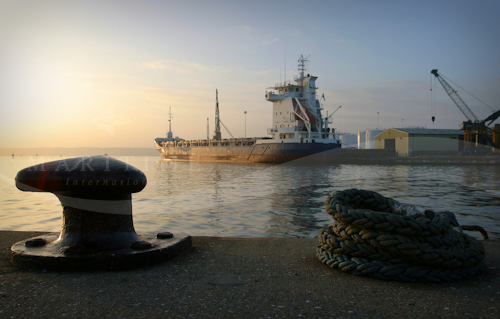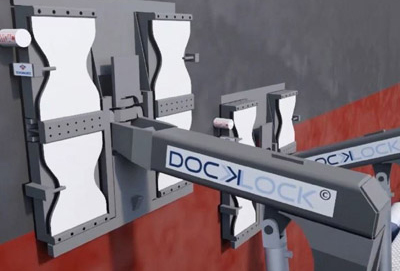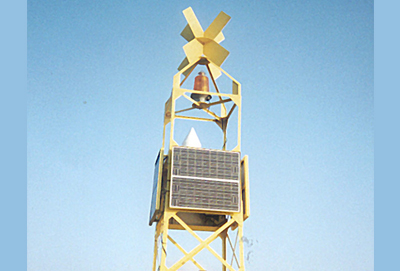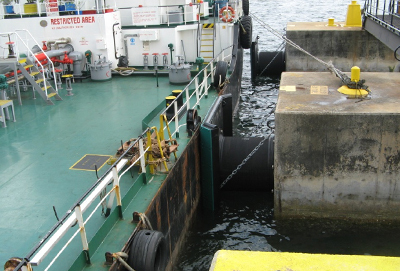Mooring bollards are available in a wide range of shapes, load ratings, and materials, of which no single combination can satisfy all customers. Accordingly, we provide a wide range of products. The most commonly used style of bollards is the Single Bitt, Double Bitt, T-head, Staghorn, and Kidney, as well as simple cleats used for smaller vessels. The particular type of bollard a customer requests, as well as the material used to cast the bollard, is usually a function of what has historically been used at the operator’s facility. These differences can also be geographically dependent. For example, T-head bollards are more prominent in some regions while Single Bitt bollards are more commonly used in others. It may also be the preference of the consultant as they may have considered a particular bollard model, along with its particular shape, load rating, and anchorage, during the detailed design of the berth. This choice must be respected to ensure the safe usage of the product.

While customer preference may determine the model supplied by us, there are differences amongst models that should be considered when selecting a bollard. T-head and Staghorn bollards can handle higher line load angles than Single Bitt and Kidney shaped bollards. This feature may be of particular importance where very large changes in water level result in significant differences in line angles. Large differences in line angles may also occur at multipurpose berths where widely varying vessel sizes frequent the same berth.
Double Bitt bollards are useful when high densities of mooring lines are present. The two column design allows two lines to be secured and independently released without having to compromise the mooring of an adjacent vessel. The opposing sloping columns are particularly useful for securing of spring lines as their greatest strength is parallel to the berth.
Kidney shaped bollards offer an economical solution for installations where securing of mooring lines at high angles is not a concern. This style is not recommended when multiple mooring lines will share one bollard as there may be a possibility of an unintentional release due to the shallow lip at the top of the bollard.





